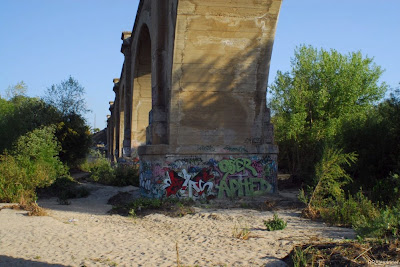I was recently reading an article on the archival difference between film and digital photographs. The story slant was why it is better to shoot film rather than digital.
The author made the point that " Flash memory cards and hard drives may lose data after ten or twenty years of use, and everyone knows they are susceptible to failures and other problems. Data recovery systems have vastly improved, but when you risk losing the original digital negative, it can be frightening".
This statement is partially true, since everyone does know that hard drives and flash memory cards are susceptible to failures and other problems. But no one is likely to use a hard drive for twenty or even ten years. In addition, it is extremely unlikely that anyone will need to recover data from a hard drive that has been sitting in the garage for fifteen years.
Why is this so unlikely? Because computer users, as a general rule, tend to periodically upgrade their computer systems and those new systems come with bigger, faster, and supposedly more reliable than before hard drives. Oddly, no one asks for smaller hard drives with a new computer, regardless of what year it is. The repeating upgrades are part of a vicious cycle.
When a user upgrades, all the important files are transferred to the new, bigger hard drive. In short order they start using programs that take advantage of the new technology platform to create bigger files. They back up on whatever media makes sense at the time, a progression of events that brought them from 5.25" floppy drives to one and two terrabyte drives, so far. None of the important data is left behind. If you forgot to bring along that 1 megapixel photo of aunt Margaret's shoe when you upgraded to a machine running Windows XP, it probably wasn't important.
Of course the downcurve of the cycle is when the computer no longer measures up to the current operating system, and can't take advantage of the new whiz-bang applications that run only on the new operating system/hardware. Then its time to upgrade again. And transfer your files to the new system with the huge new storage capacity.
So the files aren't lost. You just won't have your "original digital negative". So what? By definition, a copy of a digital file is the same as the "original". It doesn't matter if it is originally stored on a machine running Windows 3.0, then transferred through a succession of years, floppy discs, CDs, DVDs, and eight hard drives to end up stored on the current Windows 7 machine. You still have the original. Barring a general collapse of world civilization, your great grandchildren will be able to look at your images in a hundred years, just like properly archived film.
Film Versus Digital is a "controversy" that breeds Web stories, print magazine articles, and blog posts like this one. But there is no controversy. Its made up. Film and digital are two very different processes. There is no winner or loser, just two different avenues of approach to photography.
It's like comparing hammers to lasers. Both will eventually reduce a boulder to a pile of pea gravel, but are used in different ways which result in the same end product, thousands of pieces of pea gravel.








































